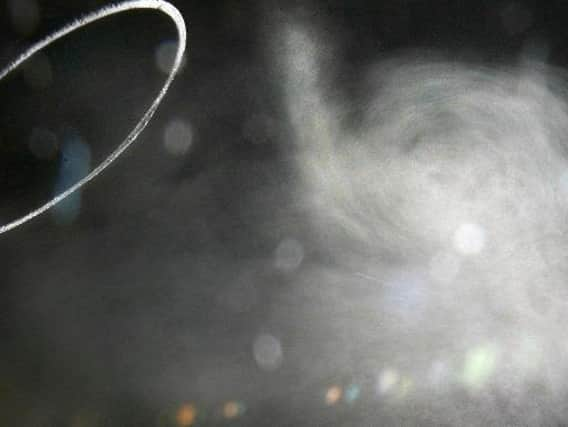New air pollution fear as lockdown is lifted


Health campaigners say “toxic” air quality in the UK is a national emergency and the Government must impose stricter limits on airborne fine particulate matter (PM2.5), which come mainly from the burning of oil, gas and diesel.
The calls have been heightened after a coroner, while ruling that air pollution was a cause of the death of a nine-year-old girl in London, stated there was “no safe level” of PM2.5, adding WHO guidelines should be seen “as minimum requirements”.
Advertisement
Hide AdAdvertisement
Hide AdFigures from the Department for Environment Food and Rural Affairs show the average concentration of PM2.5 pollution particles in Wigan was 8.4 micrograms per cubic metre in 2019 – below the UK limit of 25 and the WHO guideline limit of 10.
That was an increase from eight micrograms in 2018.
Across the North West, the level of PM2.5 was at 8.3 in 2019, and 7.9 in 2018.
Separate figures published by the NHS show an estimated 4.5 per cent of deaths among people aged 30 and over in Wigan were associated with long-term exposure to PM2.5, up from 4.4 per cent the year before.
The British Heart Foundation, which is campaigning for stricter limits on PM2.5 as part of the Government’s Environment Bill which returns to Parliament this year, says the country faces “a public health emergency”.
Advertisement
Hide AdAdvertisement
Hide AdJohn Maingay, director of policy and influencing at the charity, said: “Our toxic air is a public health emergency, and now is the time to take robust action to support everyone’s health as we look to recover from the pandemic.”
He added: “We are pleased that the Environment Bill, which will set more stringent air quality limits, will soon be returning to complete its passage through Parliament.
“However, this must go further and ensure WHO limits are adopted into law, and met by 2030.
“Stricter, health-based air quality guidelines are urgently needed to protect the health of the nation and clean up toxic air for good.”
Advertisement
Hide AdAdvertisement
Hide AdThe dangers of air pollution were further highlighted last month when nine-year-old Ella Adoo-Kissi-Debrah became the first person in the UK to have air pollution listed as the cause of death on their death certificate.
Coroner Phillip Barlow, who found she had been exposed to high levels of PM2.5 from traffic, said the Government should reduce its limits for the particulate matter pollution to bring them in line with WHO guidelines.
In his report, Mr Barlow said: “Delay in reducing the levels of atmospheric air pollution is the cause of avoidable deaths.”
PM2.5 are tiny particles, measuring about three per cent of the diameter of a human air, which can lodge in the lungs and even pass into bloodstream, potentially causing damage to blood vessels and organs.
Advertisement
Hide AdAdvertisement
Hide AdThey come mostly from traffic fumes, but also through industrial emissions, wood burners and livestock manure.
A small proportion come from natural sources in the form of dust or sea salt particles.
Levels of the PM2.5 particles have fallen in England since 2011, when national records began, from 12.1 micrograms per cubic metre to 9.6 in 2019.
In Wigan, the reading fell from 2011, when it was 11.
Wigan Council has set great store in promoting alternatives to car travel in recent years with improvements made to walking facilities and a proliferation of bicycle lanes.
Advertisement
Hide AdAdvertisement
Hide AdDefra’s readings for PM2.5 are calculated using air quality measurements along with numbers and locations of people in each local authority to provide average annual levels of exposure.
A spokesperson said: “We know there is more to do as we build back greener from the coronavirus pandemic.
“Through our landmark Environment Bill we have committed to a new concentration target on PM2.5 – the most damaging pollutant to human health – and as part of this we will be considering the WHO’s guidelines for PM2.5.”
More recent pollution readings made during the lockdowns of 2020 show that levels plummeted in Wigan and the rest of the country as most people were confined to their homes.
Advertisement
Hide AdAdvertisement
Hide AdBut the fears are that as lockdown continues to be lifted over the coming weeks, the pollution will return to its pre-pandemic levels.
Thank you for reading. We're more reliant on your support than ever as the shift in consumer habits brought about by coronavirus impacts our advertisers. If you haven't already, please consider supporting our trusted, fact-checked journalism by taking out a digital subscription. Thanks again.